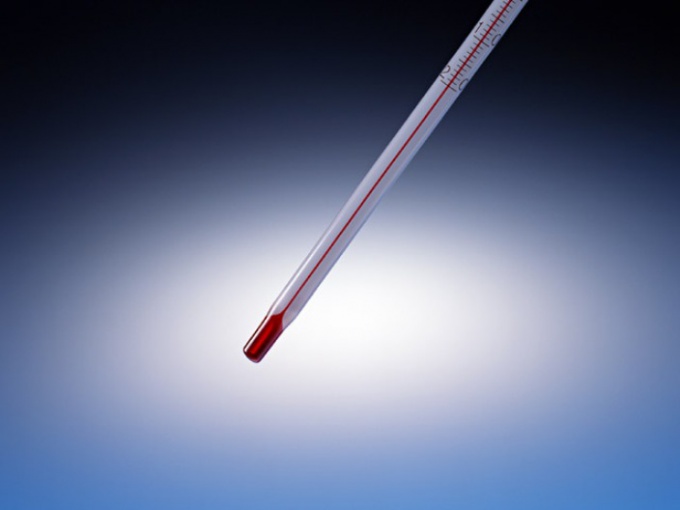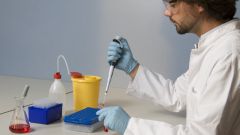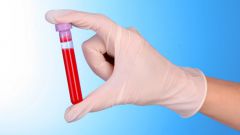Instruction
1
Bilirubin. This pigment is formed in the liver. Normal bilirubin level is 5-20 µmol/L. the Increase of the indicator of malfunctions of the liver and the possible presence of such diseases as: hepatitis, gallstones, cancer, acute poisoning, liver cirrhosis, etc. However, to affect the bilirubin may long diet and lack of vitamin B12.
2
The total protein. He is involved in the clotting of bloodand the transport of nutrients to the organs and tissues of the body. Normal levels of total protein – 64 to 84 g/L. Increase of this indicator – a sign of infections, diseases of the blood or joints, dehydration of the body. If the total protein level falls, the need to pay special attention to the liver, intestines, kidneys.
3
C-reactive protein. In the blood of a healthy person it's virtually nonexistent. Identifying in the result of biochemical analysisand blood C-reactive protein indicates an inflammatory process. The higher the score, the greater the inflammation. For this factor it is possible to confirm appendicitis, pneumonia, other acute infections as well as rheumatoid arthritis and other chronic joint diseases.
4
Glucose. Its amount is determined by the status of carbohydrate metabolism. When the proper metabolism of glucose is found 3,30 – 5,50 mmol/l. the Decline detected in diseases of the endocrine system and liver, and increase in diabetes.
5
Urea. This component of blood is formed by the breakdown of proteins and excreted by the kidneys. Normal the content of 2,5-8,3 mmol/l. the Increase of urea observed in kidney disease, heart failure, intestinal obstruction and urinary tract, as well as when malignancy and bleeding.
6
Creatinine. Along with urea, he participates in the kidneys and regulates the energy metabolism of tissues of the body. The normal creatinine differs depending on the sex of the patient. For men, the figure is 62-115 µmol/l, for women – 53-97 µmol/L. exceeded the limit level indicates kidney disease and hyperthyroidism.
7
ALT (alanine aminotransferase). This enzyme is found in liver, kidney and heart. The norm for men is not higher than 41 u/l, female up to 31 u/L. Increased ALT indicates changes in the heart, liver, or kidneys, as well as viral hepatitis, cirrhosis or liver cancer, heart attack etc.
8
AST (aspartate aminotransferase). This cellular enzyme is investigated along with the ALT and has the same limits. At higher levels of AST may be detected hepatitis, pancreatitis, liver cancer, heart attack etc.
9
Amylase. It can be detected in the pancreas, where the breakdown of carbohydrates. The rate of amylase – 28-100 u/L. the Increase of the maximum allowable level – a sign of pancreatitis, diabetes, cholecystitis, kidney and pancreas. The decrease in amylase is revealed in the poor performance of the thyroid gland.
10
Cholesterol. In healthy blood, its level must not exceed 3.5 to 6.5 mmol/l Cholesterol increases in atherosclerosis, vascular disease and heart. Its decrease indicates tuberculosis, pancreatitis, anemia.


